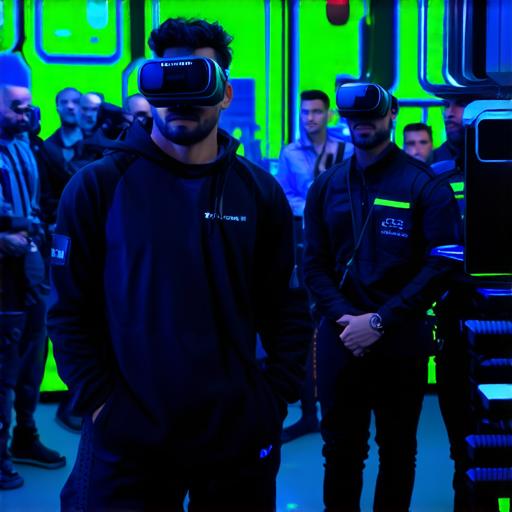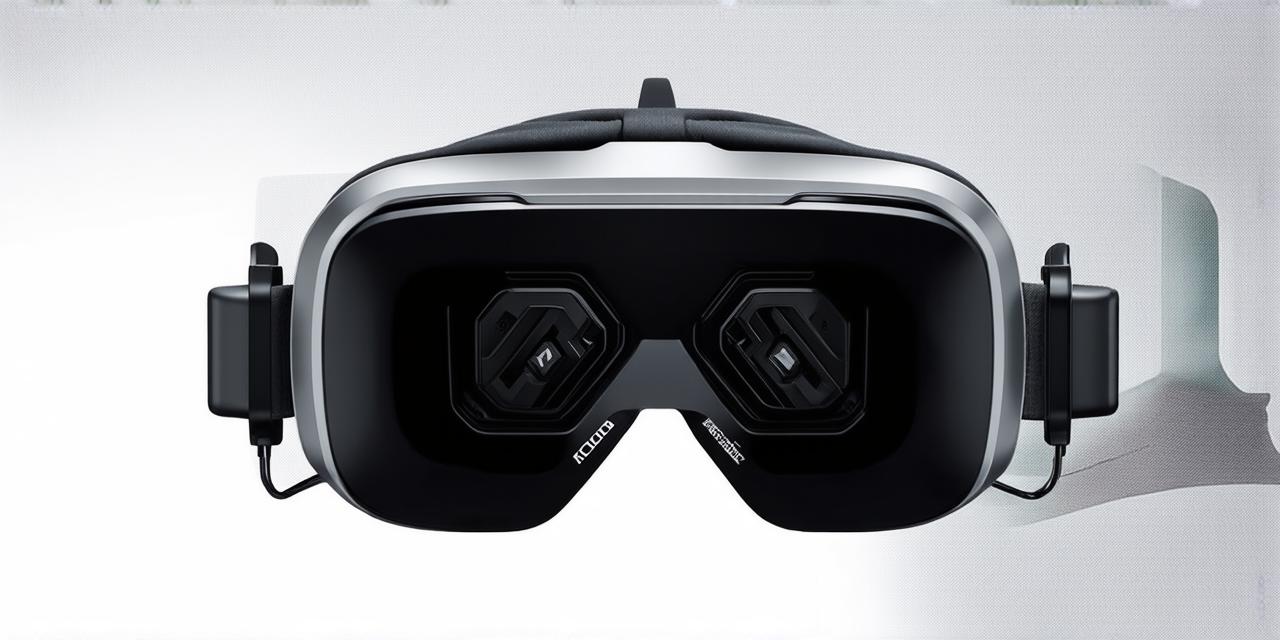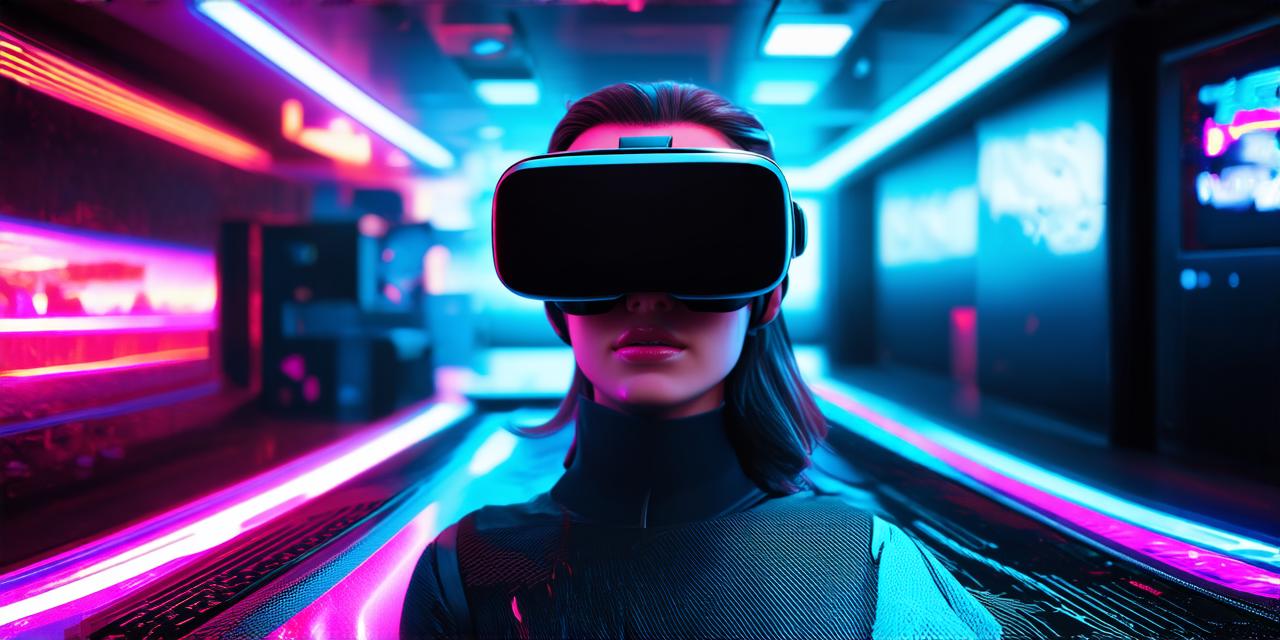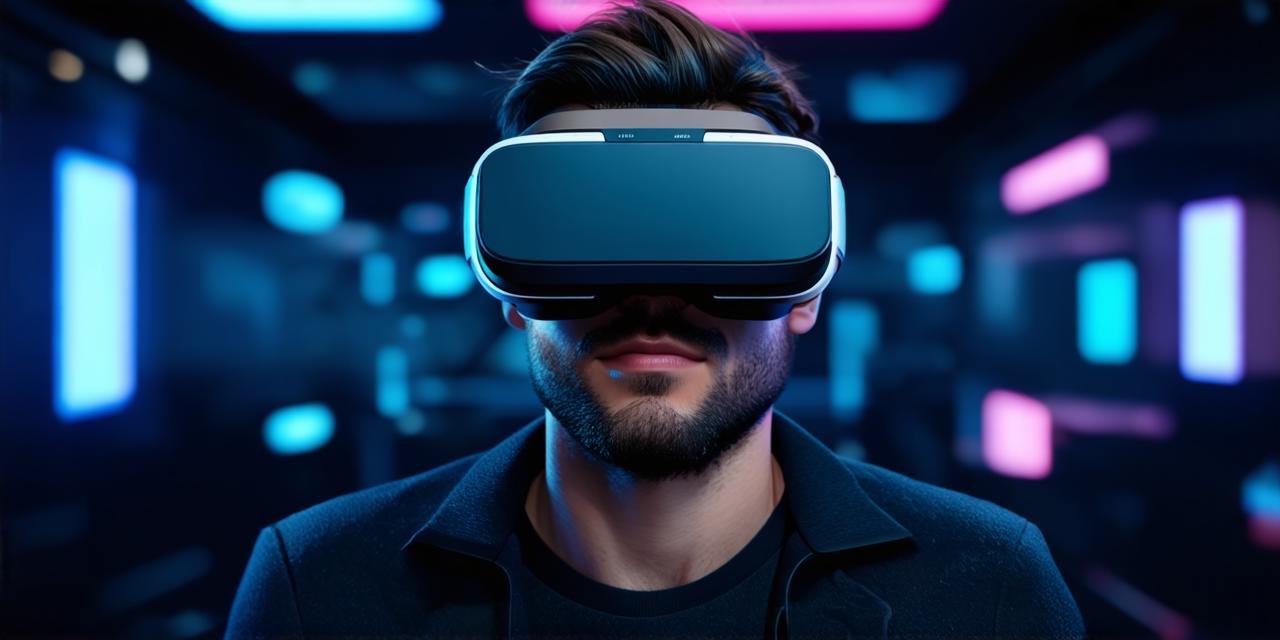Virtual reality (VR) is a rapidly growing field that offers endless possibilities for developers. With VR, you can create immersive experiences that transport users into different worlds and allow them to interact with virtual objects in ways that were previously impossible.
However, programming in VR can be challenging, especially if you’re new to the field. In this article, we’ll walk you through the basics of VR programming and provide you with a step-by-step guide on how to create your first VR application.
Firstly, let’s understand what VR development involves.
VR applications are typically built using game engines such as Unity or Unreal Engine, which offer pre-built tools and assets for creating VR experiences. These engines also support scripting languages like C and JavaScript, which you can use to add interactivity and logic to your application.
To get started with VR programming, you’ll need a computer that meets the minimum requirements for your chosen game engine.
You’ll also need a headset, such as an Oculus Rift or HTC Vive, which will allow you to experience your VR application in real-time.
Once you have the necessary equipment, it’s time to start creating your first VR application.
The first step is to set up your game engine and create a new project. This will involve downloading and installing the software, as well as setting up your development environment.
Next, you’ll need to design your VR experience.
This involves thinking about the user journey and creating wireframes or prototypes of your application. You’ll also need to consider the hardware limitations of your target device and optimize your application accordingly.
Once you have a solid design in place, it’s time to start coding.
This is where things can get tricky. VR programming requires a deep understanding of game development concepts such as physics, rendering, and input handling. You’ll also need to work with specialized tools like motion controllers and haptic feedback systems to create immersive experiences that feel natural in the virtual world.
Fortunately, there are plenty of resources available online for VR developers.
Game engines like Unity and Unreal Engine offer extensive documentation and tutorials that can help you get started with programming in VR. There are also plenty of online communities and forums where you can connect with other VR developers and share tips and tricks.
In conclusion, programming in virtual reality is a challenging but rewarding field that offers endless possibilities for creativity and innovation.
By following these steps and utilizing the resources available to you, you can create your own immersive VR application and join the growing community of VR developers. So what are you waiting for? Start exploring the world of VR programming today!
FAQs:
-
Q: What do I need to get started with VR programming?
-
You’ll need a computer that meets the minimum requirements for your chosen game engine, as well as a headset and any necessary hardware.
-
Q: Can I program in VR without prior experience in game development?
-
While some knowledge of game development concepts can be helpful, it’s not strictly necessary to get started with VR programming. Many game engines offer extensive documentation and tutorials that can help you learn the basics.
-
Q: How do I optimize my VR application for different devices?
-
You’ll need to consider the hardware limitations of your target device and adjust your application accordingly. This may involve reducing the complexity of your graphics or adjusting the input handling to work with different controllers.





